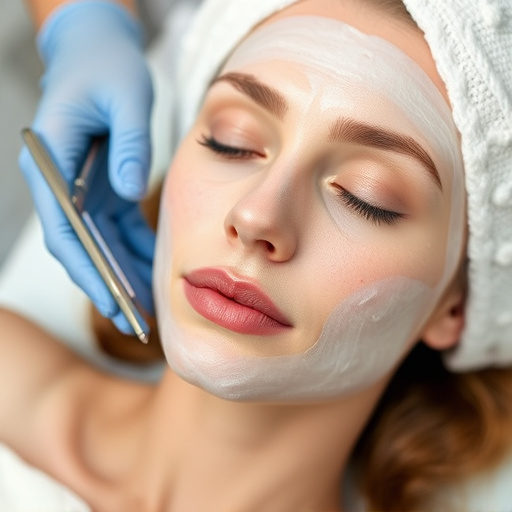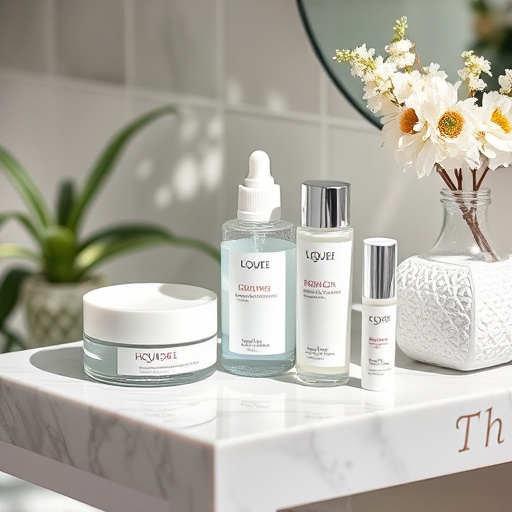Lactic acid peel is a popular skincare treatment that exfoliates dead cells, unclogs pores, and stimulates cell turnover, offering various types for different skin concerns like texture improvement, line reduction, and tone evening. Preparation involves face cleaning and drying, applying a thin layer with gentle massage, while post-peel care emphasizes using gentle products, avoiding harsh cleansers, wearing sunscreen, and maintaining regular moisturizing to support skin repair and enhance treatment effectiveness.
Discover the transformative power of lactic acid peels, a gentle yet effective skincare treatment. This beginner’s guide explores the benefits—from refining skin texture to enhancing brightness—and offers a comprehensive step-by-step application process. Learn about different types of lactic acid peels and how to prepare your skin for optimal results. Additionally, we provide post-peel care tips to ensure maximum benefits while minimizing irritation, helping you achieve clearer, smoother skin.
- Understanding Lactic Acid Peel: Benefits and Types
- Preparation and Application: Step-by-Step Guide for Beginners
- Post-Peel Care: Tips to Maximize Results and Avoid Irritation
Understanding Lactic Acid Peel: Benefits and Types
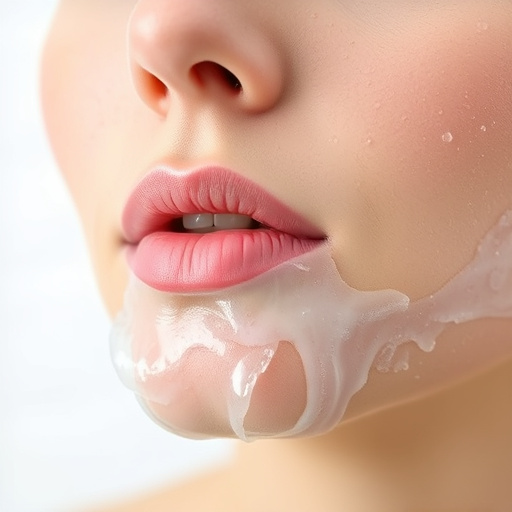
Lactic acid peel is a popular skincare treatment that involves applying a solution containing lactic acid to the skin. This gentle yet powerful exfoliant helps remove dead skin cells, unclogs pores, and stimulates cell turnover. The benefits of a lactic acid peel are numerous; it can improve skin texture, reduce fine lines and wrinkles, even out skin tone, and enhance overall skin brightness.
There are various types of lactic acid peels, ranging from mild to deep, each offering different levels of exfoliation. Superficial peels are ideal for beginners as they gently slough off the outermost layer of skin, while deeper peels can penetrate further to address specific concerns like acne scars or hyperpigmentation. Customized facials often incorporate lactic acid peel as part of a comprehensive skincare regimen, combining it with other treatments like microneedling therapy or targeted acne treatments for optimal results.
Preparation and Application: Step-by-Step Guide for Beginners
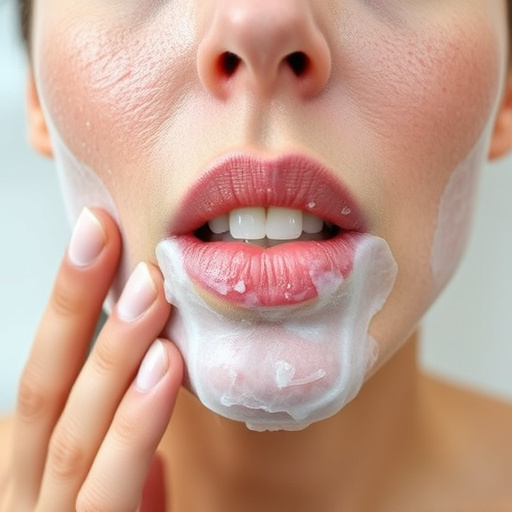
Preparing for your first lactic acid peel is an exciting step towards achieving healthy, glowing skin. It’s crucial to understand that proper preparation and application are key to maximizing results and minimizing risks. Start by cleaning your face thoroughly with a gentle cleanser to remove any makeup or oil. Next, pat your face dry with a soft towel, ensuring it’s completely dry before proceeding. This step is essential as moisture can alter the peel’s effectiveness.
Once ready, apply a thin layer of lactic acid peel to your face using a cotton swab or brush, depending on the product’s instructions. Begin with a lower concentration (around 5-10%) and gradually increase as your skin tolerates it. Gently massage the peel into your skin in circular motions for about 30 seconds, focusing on problem areas. Rinse thoroughly with cool water afterward to remove any residual peel. For personalized skincare, consider consulting a dermatologist who can guide you through the process and recommend products suited to your specific skin health needs, even those exploring laser hair removal later.
Post-Peel Care: Tips to Maximize Results and Avoid Irritation
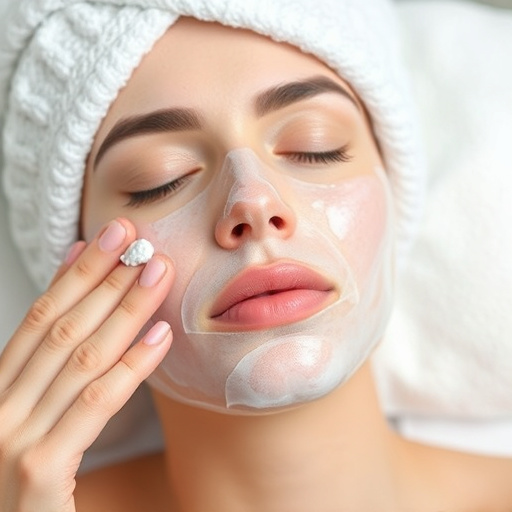
After a lactic acid peel, proper post-peel care is essential to maximize the results and maintain skin health. The first 24–48 hours are critical; avoid harsh cleansers and opt for gentle, hydrating products. Using a mild, pH-balanced cleanser and applying a soothing moisturizer can help calm the skin. Additionally, sunscreen is mandatory during this time to protect the peel’s sensitivity from UV rays.
To enhance recovery and prevent irritation, consider using a cool compress or green tea bags on the affected areas. These methods can reduce inflammation and provide a comforting sensation. Remember, over-exfoliating or using abrasive products might cause further damage, so it’s crucial to balance exfoliation with hydration. Regularly applying a good moisturizer will aid in skin repair and ensure a smoother, more refined complexion, promoting overall facial treatments and even improving pore refinement.
A lactic acid peel can be a game-changer for achieving smoother, brighter skin. By understanding the benefits and types of this gentle exfoliant, following a simple step-by-step guide for application, and prioritizing post-peel care, beginners can experience the transformative power of lactic acid peels while minimizing potential irritation. Incorporate these best practices into your skincare routine to unlock radiant, healthy skin.




